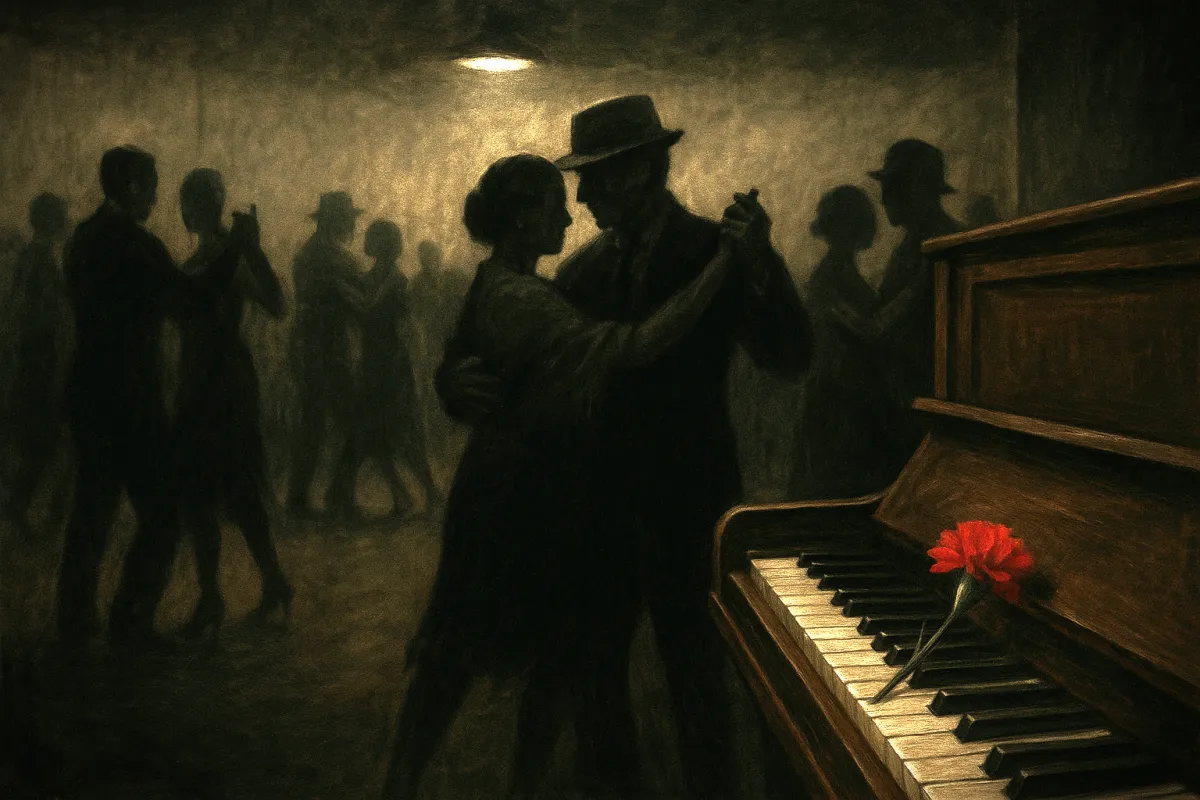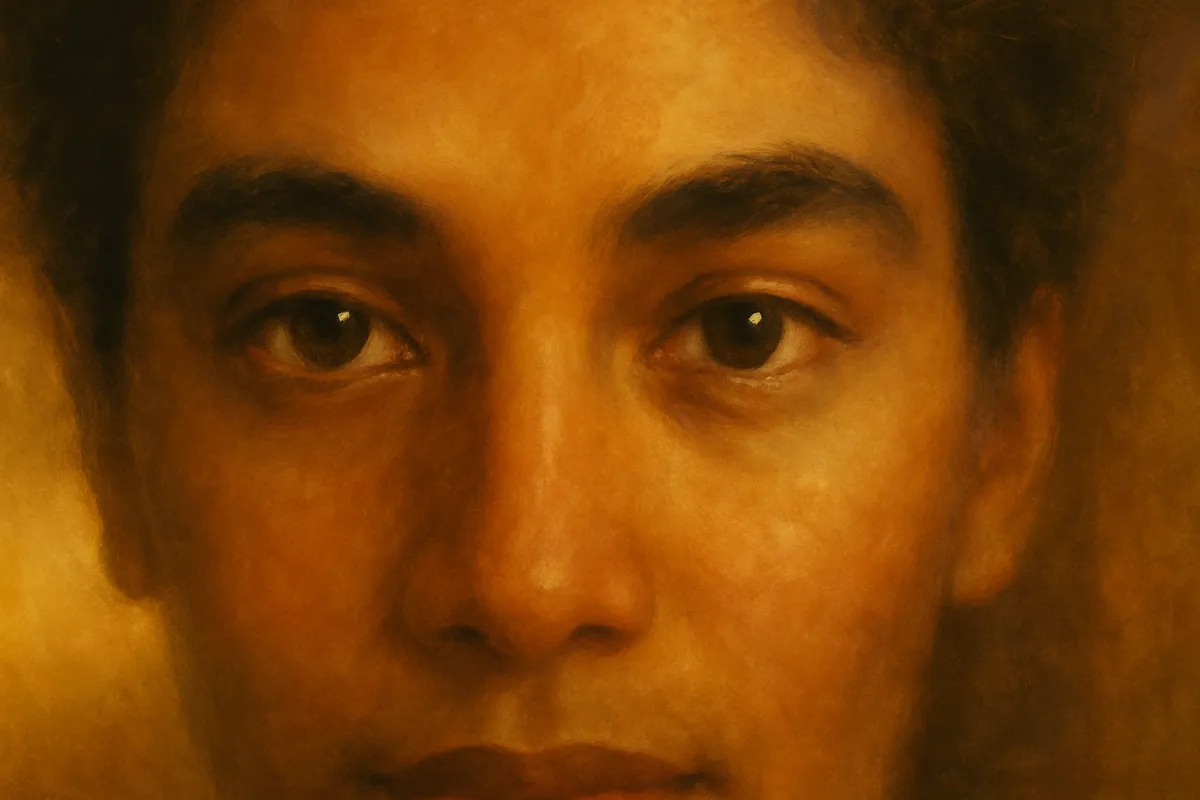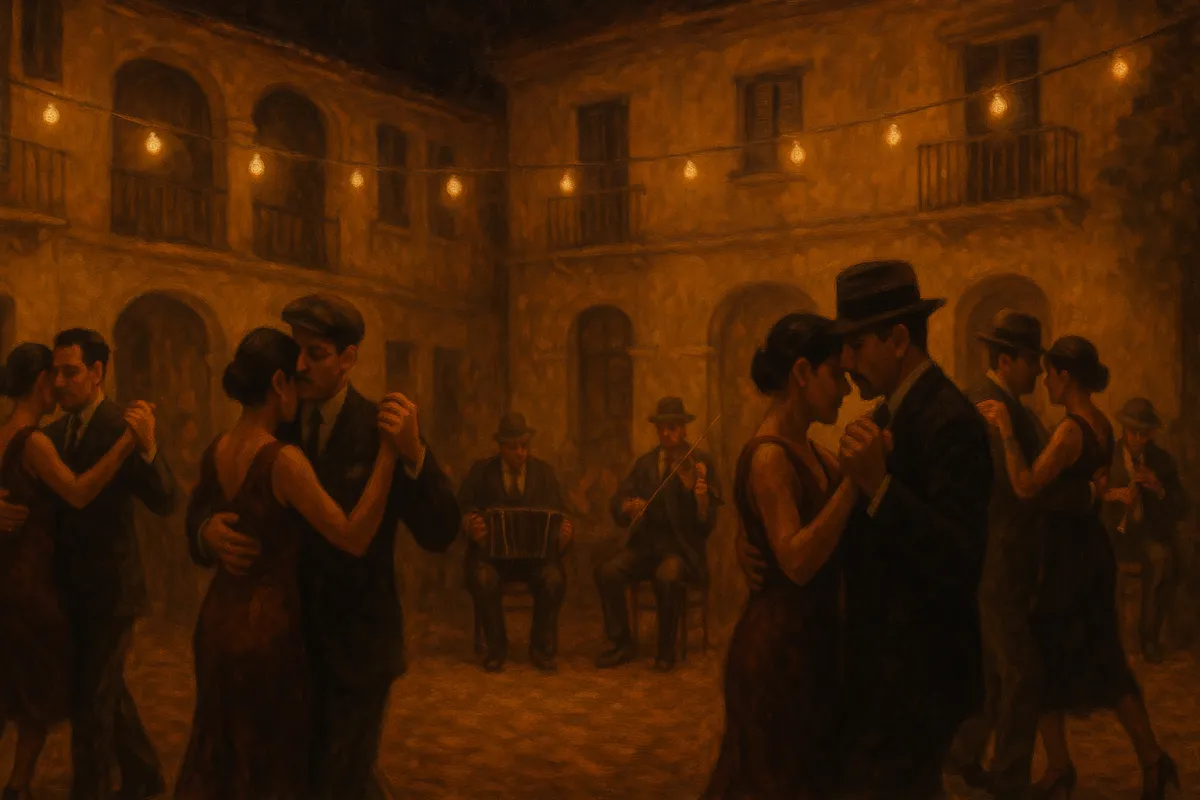Tango - The Dance That Won't Die
Published on: 10/06/2025
During Argentina’s most repressive years, tango didn’t vanish — it went underground. From banned lyrics to symbolic gestures like Pugliese’s red carnation, musicians and dancers found ways to resist through rhythm, poetry, and presence.
Tango Nugget
To Cabeceo Or Not To Cabeceo
Published on: 27/05/2025
What is the cabeceo — and are we still doing it right? This guide breaks down tango’s silent invitation: how it works, where it came from, and why it still matters (with a few modern twists).
Tango Nugget
The Rise of the Milonga
Published on: 20/05/2025
Explore how the milonga evolved from Buenos Aires courtyards to global dance floors — and how tradition and inclusion continue to shape tango culture today.
Tango Nugget
The Tango Brothel Myth
Published on: 13/05/2025
Think tango started in brothels? The real story is richer — tracing roots through Afro-Argentine culture, gender imbalance, and immigrant life in Buenos Aires.
Tango Nugget






